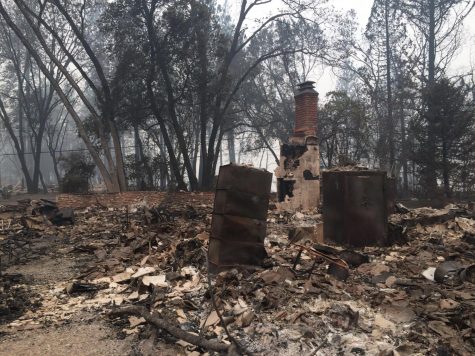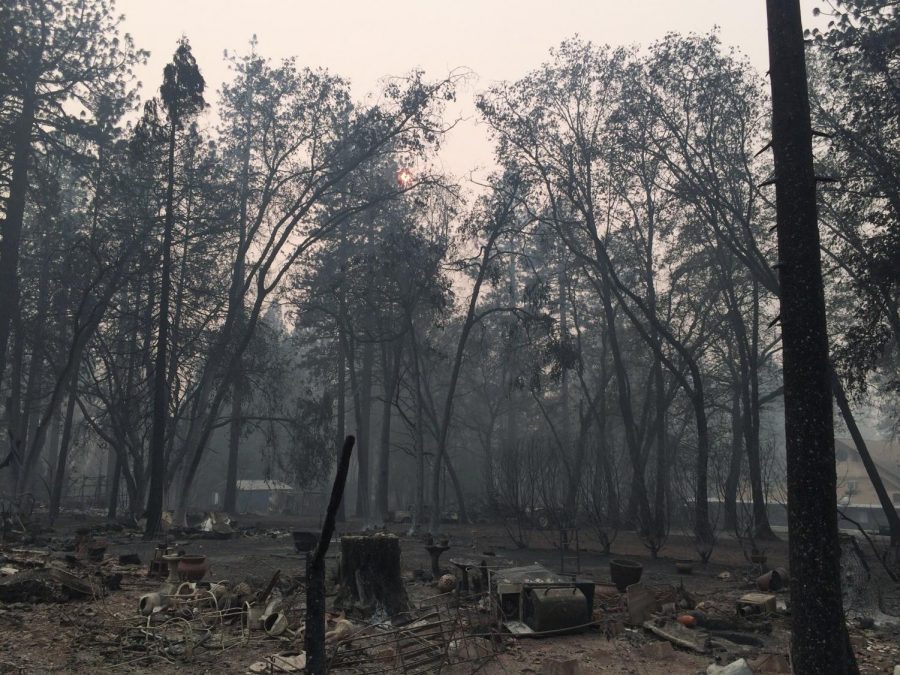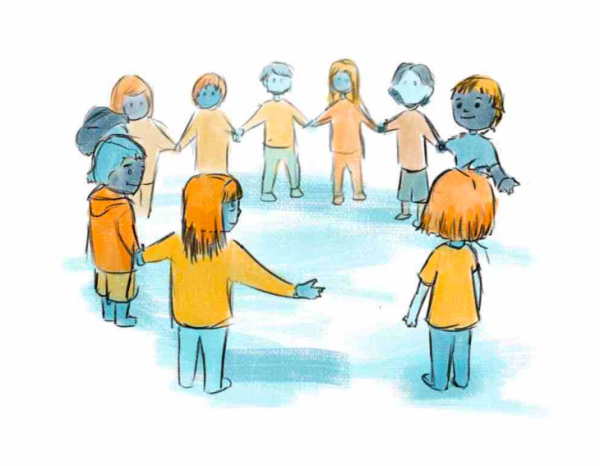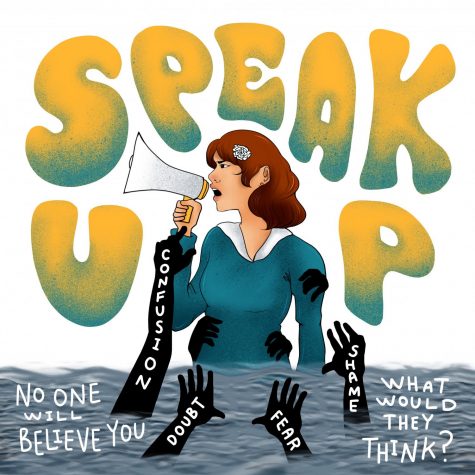The Camp Fire: A glimpse into California’s future
This photo was taken of a neighborhood in Paradise before the residents had returned to their homes.
Early in the morning on Nov. 8, Craig Woodhouse was walking his dog amongst the colorful fall trees of Paradise when he noticed a large cloud looming in the distance. When he saw neighbors frantically loading their cars and fleeing their homes, he knew instantly that it wasn’t an ordinary storm cloud. In less than 30 minutes, he and his wife Shirley gathered their wedding photos and computers and left their house. The sky soon disappeared completely under the thick blanket of jet black smoke, and flames could be seen approaching from all sides of the road as they sat in gridlock traffic.
The fire that had struck Paradise, dubbed the Camp Fire, quickly became the deadliest and most destructive wildfire in the history of California. Lasting over two weeks, it destroyed 154,000 acres of land and nearly 14,000 homes in Northern California’s Butte County. Search teams have recovered the remains of 85 bodies, yet 3 people are still missing. The town of Paradise was hit hardest by the fire, leaving behind an eerie landscape of fallen telephone poles, incinerated buildings, and charred vehicles. After several days, the Woodhouses received pictures from search teams showing their old brick chimney standing alone in a field of ash and debris, the only remnant of what was their home for the last 25 years.

Chimneys and gun safes were the only remains left of many houses.
While many factors contributed to the perfect storm of fire-friendly conditions this season, the overall trend of the past few years reflects a much more problematic and overarching issue. The greatly increasing size and frequency of these California wildfires are a direct result of climate change.
In a tweet on Nov. 10, President Trump blamed California’s “gross” forest mismanagement for the ongoing devastation, quickly sparking widespread rebukes for his insensitivity and misunderstanding of the problem. While forest management does play a role in reducing the amount of natural fuel for fires, nearly 97% of the state’s forests are privately owned or managed by the federal government, giving the state very little jurisdiction on how their forests are maintained. Furthermore, the White House refuses to acknowledge global warming’s role in the recent events. Trump’s political attempt to narrow the issue down to one culprit portrays his greater lack of understanding of the problem at hand.
Global warming is caused by an increase of greenhouse gasses released into the atmosphere that trap in the Earth’s heat. Ever since the Industrial Revolution, humans have increased the amount of carbon dioxide (a greenhouse gas) in the atmosphere by more than a third, and are doing little to slow this trend. Average temperatures across the world have been consistently rising for the last century, and a report by NASA shows that 16 of the 17 warmest years on record have occurred since 2001. Global warming has damaging effects on climates around the world such as melting the polar ice caps and drying up lakes and rivers.
Just as much as global warming is causing glaciers to melt, it has greatly contributed to one of the worst droughts in California history. Lasting from 2011 to 2017, the state suffered through one of the driest periods on record, and received less rain in 2013 than in any year since 1850. Additionally, 2014 through 2018 have been the state’s five hottest years on record. An above average winter pulled the state out of its drought conditions in 2017, but groundwater shortages still remain in many areas which leaves California in a long road to recovery.

Over 500 Search and Rescue members from across the state of California participated in the largest recorded search efforts following the Camp Fire.
While wildfires are a completely normal occurrence in nature and have always existed in California, their damage and frequency have been exacerbated by the changing climate. Vegetation and soil throughout the state are drier than ever, providing better fuel in regions prone to wildfires. Additionally, the drier climate has shortened the state’s rainy season and consequently lengthened the fire season. These changes have created ideal conditions for the monstrous wildfires sweeping the region. In a 2016 study, the Proceedings of the National Academy of Sciences found that just over the past 30 years, human-caused global warming has nearly doubled the land burned by wildfires in the western U.S. Furthermore, six of the ten most destructive fires in California history have occurred just in the past three years.
The reality of this situation is that until humans change course towards reversing the effects of global warming, wildfires like the one in Butte County will become commonplace in California. They will also affect increasingly more residents like my grandparents Craig and Shirley Woodhouse, who may never be able to return to their original homes.












